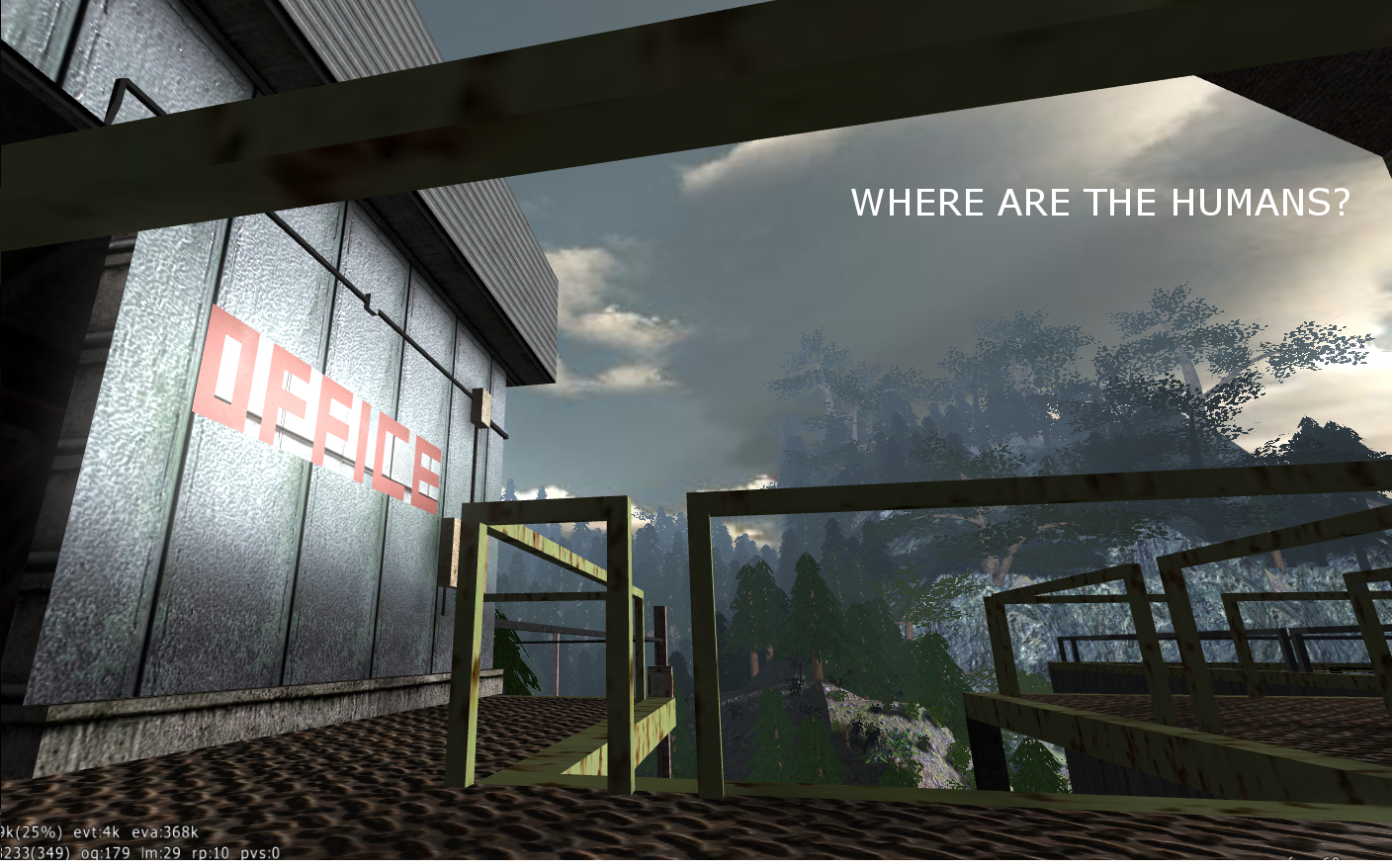

To fix this you still need to use the calclight command, however, it no longer generates lightmaps anymore.
#Cube 2 sauerbraten gifthub full
R G B are optional and specify a color for the refraction, with each component being on a scale of 0 to 1 as well.Īfter editing operations your map may be full of small cubes and triangles, and you will notice that your map looks faceted. The direction of the distortion is taken from the normal-map of the texture. K is the strength of the refraction, on a scale of 0 to 1, 1 meaning distortion spanning the entire screen, 0.5 spanning half the screen, etc.

Then use either of the following commands: Use valpha or texalpha to set the transparency level as normal. The ambient command to set an appropriate ambient light color/intensity.įirst mark the cubes with the alpha material. If you want to make use of SSAO in your map, just use Screen-space ambient occlusion affects mostly ambient light and to a lesser degree sunlight,īut it does not affect point lights. Skylight - controls the color of atmospheric light Giaoscale - controls the contribution of atmospheric light Gidist - limits the distance which indirect light travels (smaller values are more intense, but higher values allow farther travel) Giscale - scales the contribution of indirect light You can control the diffuse global illumination of sunlight using the following parameters: You can also set sunlightyaw and sunlightpitch from your current direction with the following command: To make cascaded shadowmapped sunlight, just use the normal sunlight commands: Unshadowed lights (1) are even faster as they further reduce shading costs, so they should also be used where possible. Shadowmaps are cached from frame to frame if no dynamic entities such as playermodels are rendered into them, so static lights (2) will generally be much faster than normal lights (0) during gameplay and should be used where possible. Optionally you can control the shadowing properties of the light using attribute 5: 0 = shadows, 1 = no shadows, 2 = static shadows - world and mapmodels only (no playermodels or pickups). To make shadowmapped point lights, just make light entities as normal. Or edit the tesseract.bat file to point to an existing Sauerbraten SVN checkout On Windows, do a checkout of the Sauerbraten SVN inside the Tesseract directory, Tesseract_unix file to point to an existing Sauerbraten SVN checkout. Packages directory inside your Tesseract directory. If you are on Linux or other unixoid, just make a symlink to the Sauerbraten * runs on both OpenGL Core (3.0+) and legacy (2.1+) contextsĬurrently, to use Tesseract you must have a copy of the "packages" directoryįrom a recent checkout of Sauerbraten SVN. * deferred MSAA/CSAA, subpixel morphological anti-aliasing (SMAA 1x, T2x, S2x, and 4x), FXAA, and temporal AA * screen-space reflections and refractions for water and glass (use as many water planes as you want now!) * real-time diffuse global illumination for sunlight (radiance hints) * HDR rendering with tonemapping and bloom * orthographic projection sunlight using cascaded shadowmaps * perspective projection spotlight shadowmaps * omnidirectional point lights using cubemap shadowmaps It provides a bunch of new rendering features such as: It with completely dynamic lighting system based on deferred shading and Tesseract removes the static lightmapping system of Sauerbraten and replaces just plop down the light, move it, change itsĬolor, or do whatever else with it. That you can get instant feedback on lighting changes, not just geometry. Is to make mapping more fun by using modern dynamic rendering techniques, so Tesseract is a fork of the Cube 2: Sauerbraten engine.


 0 kommentar(er)
0 kommentar(er)
